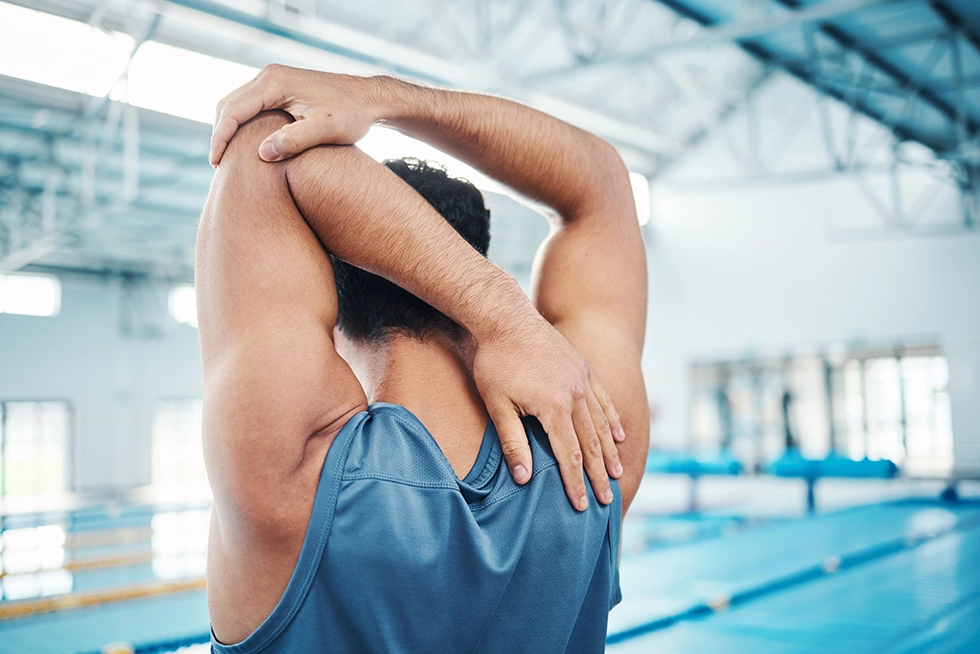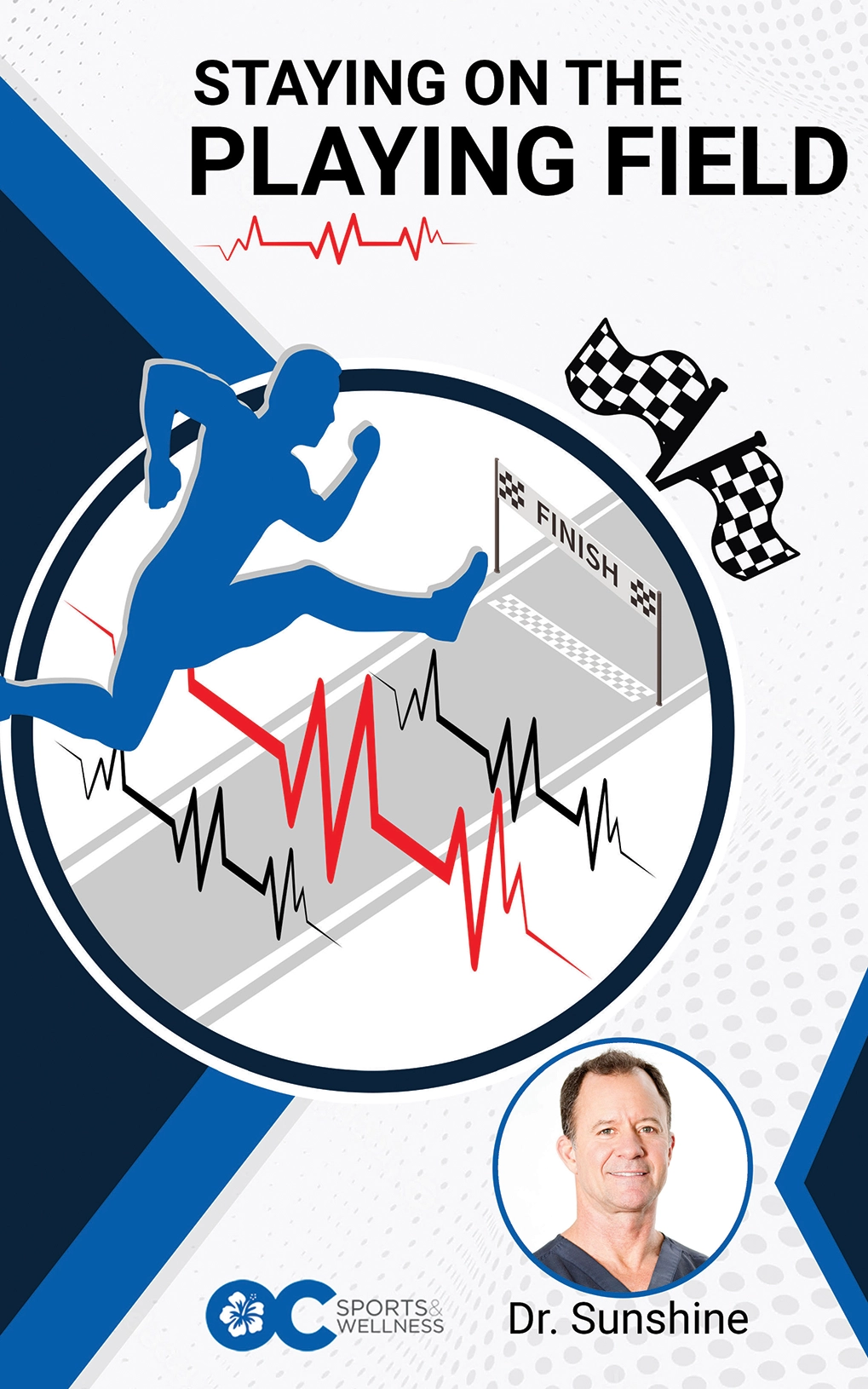Managing chronic pain in sports medicine requires a multifaceted approach that addresses the underlying causes, alleviates symptoms, and supports long-term recovery. This article explores the various strategies and treatments used to manage chronic pain in athletes.
Understanding Chronic Pain in Athletes
Chronic pain is prevalent in sports medicine, affecting athletes and active individuals of all levels. Unlike acute pain, a warning signal of injury or tissue damage, chronic pain persists beyond the usual healing time. It can significantly impair an athlete’s performance, mental well-being, and overall quality of life.
Chronic pain in athletes can result from various factors, including overuse injuries, acute injuries that fail to heal correctly, biomechanical imbalances, and underlying medical conditions. Common conditions leading to chronic pain include:
- Tendinopathies: Chronic tendon injuries such as Achilles tendinopathy or patellar tendinopathy.
- Stress Fractures: Small cracks in bones often caused by repetitive force or overuse.
- Arthritis: Degenerative joint diseases, including osteoarthritis, that cause joint pain and stiffness.
- Nerve Injuries: Conditions such as sciatica or carpal tunnel syndrome that affect nerve function.
- Muscle Strains: Recurrent muscle injuries that do not heal properly.
Comprehensive Pain Management Strategies
Effective chronic pain management in sports medicine involves a combination of treatments tailored to the individual’s needs. These strategies include:
Medical Interventions
- Medications: Nonsteroidal anti-inflammatory drugs (NSAIDs), analgesics, and corticosteroids can help reduce inflammation and alleviate pain. However, long-term use should be monitored to avoid potential side effects.
- Injection Therapies: Corticosteroid injections
Physical Therapy
- Manual Therapy: Techniques such as massage, joint mobilization, and manipulation can help reduce pain and improve mobility.
- Therapeutic Exercises: Customized exercise programs strengthen muscles, improve flexibility, and correct biomechanical imbalances, reducing pain and preventing further injuries.
- Modalities: Ultrasound, electrical stimulation, and cryotherapy manage pain and enhance recovery.
Regenerative Medicine
- Hyaluronic acid (HA) is essential for maintaining joint lubrication and overall tissue health. It effectively treats osteoarthritis and other joint-related conditions, offering significant pain relief and improved joint function.
- Platelet-rich plasma (PRP) Therapy involves injecting a concentration of a patient’s platelets to accelerate the healing of injured tendons, ligaments, muscles, and joints. It is increasingly used for treating chronic conditions such as tennis elbow and acute injuries like ligament sprains.
- Prolotherapy involves injecting a solution, typically containing dextrose (a type of sugar), into damaged or weakened areas such as ligaments, tendons, or joints, which aims to treat musculoskeletal pain and injuries by stimulating the body’s natural healing processes.
- Prolozone Therapy combines ozone therapy with prolotherapy to stimulate tissue repair and regeneration. It is used for musculoskeletal conditions, including joint pain and chronic injuries.
- Perineural Injection Therapy (PIT) involves injecting a dextrose (a type of sugar) solution, often combined with a local anesthetic, around peripheral nerves that are responsible for pain. The treatment aims to reduce neurogenic inflammation, a condition where nerves become inflamed and hypersensitive, leading to chronic pain.
Complementary Therapies
- Acupuncture: Insertion of thin needles into specific points on the body to relieve pain and promote healing.
- Chiropractic Care: Spinal adjustments and manipulations to improve alignment and reduce pain.
- Mind-Body Techniques: Practices such as yoga, meditation, and mindfulness can help manage pain and reduce stress.
Lifestyle Modifications
- Nutrition: A balanced diet rich in anti-inflammatory foods can support overall health and reduce pain. Nutrients such as omega-3 fatty acids, antioxidants, and vitamins play a crucial role in managing inflammation and promoting healing.
- Sleep: Ensuring adequate and quality sleep is essential for recovery and pain management.
- Hydration: Proper hydration supports overall health and can help reduce muscle cramps and joint pain.
Psychological Support and Pain Management
Chronic pain can have a significant psychological impact, leading to issues such as anxiety, depression, and decreased motivation. Psychological support is a crucial component of comprehensive pain management. Strategies include:
- Cognitive Behavioral Therapy (CBT): CBT helps athletes develop coping strategies, address negative thought patterns, and improve pain perception.
- Counseling and Support Groups: These provide emotional support, helping athletes deal with the mental challenges of chronic pain.
Technological Advancements in Pain Management
Advancements in technology have introduced innovative tools for managing chronic pain in sports medicine:
- Wearable Devices: These devices track physical activity, monitor vital signs, and provide real-time feedback, helping athletes manage pain and prevent injuries.
- Telemedicine: Virtual consultations allow athletes to receive expert advice and follow-up care without needing in-person visits, making pain management more accessible.
Preventive Measures
Preventing chronic pain is always preferable to managing it. Key preventive measures include:
- Proper Training Techniques: Ensuring athletes use correct techniques and avoid overtraining can prevent injuries.
- Regular Assessments: Routine physical assessments help identify and address potential issues before they become chronic.
- Education: Educating athletes about the importance of rest, recovery, and listening to their bodies can reduce the risk of chronic pain.
Managing chronic pain in sports medicine requires a holistic and individualized approach that addresses the physical, psychological, and lifestyle factors contributing to pain. By integrating medical interventions, physical therapy, regenerative medicine, alternative therapies, and psychological support, healthcare providers can help athletes achieve optimal pain management and long-term recovery. Preventive measures and technological advancements further enhance the ability to manage and mitigate chronic pain, allowing athletes to maintain their performance and quality of life.
We hope this information is helpful. At OC Sports and Wellness in Orange County, we understand the importance of balancing your health amidst a busy lifestyle. We offer convenient options for scheduling visits, texting, or video chatting with Dr. Sunshine. Let’s work towards your well-being! We invite you to reach out: 949-460-9111



